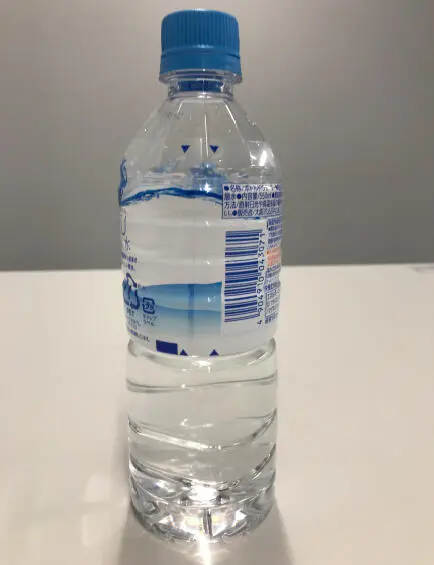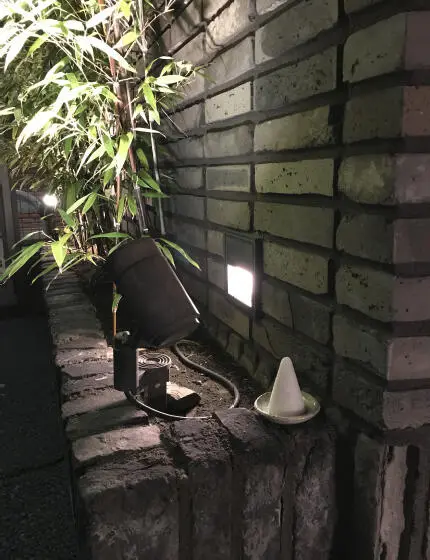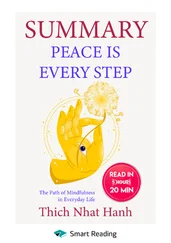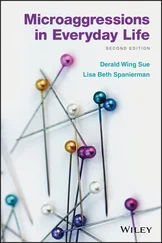In Japan, such hourly hotels can sometimes be found in an unobtrusive environment. Most Japanese do not consider these hotels to be dingy, as they are often used by people of all ages as well as family status. Even nowadays houses and apartments are still cramped and the walls are thin. It is still not common, except in the big cities, that young couples live together before marriage. Even couples who have children sometimes visit a Love Hotel. The reasons are probably different: on the one hand, the cramped living conditions, but some might also hope that the sometimes quite luxurious facilities of the hotels with fancy bathrooms or themed rooms create a special atmosphere. On a display in the entrance area the visitor sees the offered rooms. If you have decided, you press a button and pay at a counter, where you only see the hands of the employee. In the countryside, many Love Hotels are completely automated, visitors do not come into contact with any employee. Some are probably more likely to be afraid of being recognized if their companion is not their spouse. In the wake of the 2020 Olympics, the city of Tokyo fears that it will not be able to provide enough hotel rooms for its visitors and has begun to transform Love Hotels into normal overnight accommodations. Perhaps some visitors regret this measure and the opportunity to spend a very different kind of stay. But those responsible are probably just too embarrassed about the Love hotels and fear dubious reports in the international press. In fact, some Love Hotels have already begun to change their concept and at least partially turn into standard budget hotels for business travelers.

What is the meaning of the little blue arrows on this water bottle?
At this spot, marked by the blue arrows, you open the plastic label to bring it together with the lid to the plastic waste, the bottle is then sorted separately.
Waste separation is unsexy and annoying! That's what I thought too, until I learned to separate garbage in the Japanese way. You might just have to do it with a little mantra on your lips and the idea of a cute garbage mascot and it is getting easier and I became a dedicated garbage separator in Japan. Mostly I have my own shopping bag, which often causes a surprise for supermarket cashiers.
The subject of garbage is an extremely difficult one in Japan and hardly anyone seems to completely understand it. In households in Tokyo, a distinction is made whether the garbage can be recycled or not. There are complicated rules here. The bag in which the fruit was packed, is certainly recyclable, but what about plastic sheeting? When I cut off the plastic window of the envelope, where does it belong-recyclable or residual garbage?
But if you keep looking at it and keep in mind the leaflets available in every household, you find that it all makes sense. Only if the garbage is cleaned and carefully separated a high rate of recycling can be realized. You cannot recycle a jar of moldy jam or a greasy pizza box. In companies, there are up to twelve different containers for garbage. For example, paper is differentiated, whether and how it is printed.
In the case of gross violations of waste separation, a photo might even be taken and attached to the bulletin board in residential units, mentioning the floor and the date.
Foreign visitors are always struck by the fact that there are virtually no trashcans on the streets and train stations. However, this is not due to the complicated separation of waste, but on the one hand Japanese authorities do not want to spend any tax money on the disposal of individual waste and on the other hand Japan does not want to offer any possible hiding places for criminal acts since the poison gas attack in 1995. The Japanese have become accustomed to it and do not simply throw their garbage into the street, but take it home to throw it away.
The good news is that a lot of waste is being recycled in Japan, and the return rate for beverage cans is 95%.

What is the meaning of this white cone in front of a restaurant?
This is a heap of salt. Such small salt formations can often be seen in front of Japanese restaurants and are supposed to protect from evil spirits.
What should salt be good for, apart from flavoring food or to fight icy surfaces in winter? In Japan it cannot hurt to throw a little salt or set it up. If you notice that a Japanese people are suddenly spreading salt in or in front of their apartment, it means that an unpleasant person was present.
Salt always had a special meaning in Japanese culture, which is certainly due to its elaborate extraction. Salt plays a role in many rituals, traditions and customs. Additionally, it still has great significance in modern urban life.
If you walk through Japanese cities, you can always see these little salt cones at entrances. The meaning is manifold, because you can regard the salt as a good luck charm or as protection from evil spirits.
Furthermore, the salt cone shows customers that this restaurant values cleanliness and tradition. The effort to exchange the salt every day and bring it into the shape of the cone also illustrates that there is a lot of emphasis put on running the business well. Another conjecture for setting salt or painting the door sill with salt is that in the past, restaurants and shops wanted to attract the horses of travelers with as horses like to lick salty objects.
Nowadays, salt is still used to ritually clean the visitors after a burial ceremony and to ensure that no sinister things are brought into the house.
If you are a fan of the Japanese wrestling Sumo, you know about cleaning the battle ring with salt. The fighters throw salt to the ground directly after entering the ring, thereby they evict the evil and the soil is cleaned. In addition, it also asks the gods for protection against injury.

Which date does this sign show?
This sign shows the date of September 1, 2018. The number 30 on the far left states the year of the reign of the current Emperor and 2018 is here the year 30.
In Japan it is discussed again and again, whether they should dare the courageous step to also change to the western calender in official documents. Unrest among the population, such as the mid-19th century, when the Gregorian calendar was introduced, is unlikely to be feared, but today those responsible may fear a virtual storm of protest.
Since 1872, the Japanese have been using the Gregorian calendar, which superseded the hitherto accepted lunar system adopted from China. However, there are still many special features in dealing with the date today. On many official documents, for instance Bank documents, driving licenses or postal documents the year of the corresponding imperial year is used, which indicates how long the respective emperor sat on the throne this year. As these reigns naturally change relatively often, the official name of the Tenno Period is added as an addition, e.g. 2018 is the name of the Tenno Period Heisei, which began in 1989 and 2018 identifies the year 30. The era before that was Showa: 1926-1989, 1930 is then in Japanese Showa 5.
But this is not the only special feature. In Japan, besides the seven-day week, people also use the Chinese lunar calendar. This calendar includes special lucky and unlucky days, the worst day is the Butsumetsu. You should not do anything important on this day. The best day is the Taian, which promises great security and peace. This is the perfect day for all important things, such as a wedding. It gets really complicated on the other four days, it depends on the time of day, whether you should do something important or not. For example, the Shakkou is a rather unlucky day, except between 11:00am and 1:00pm.
Читать дальше















